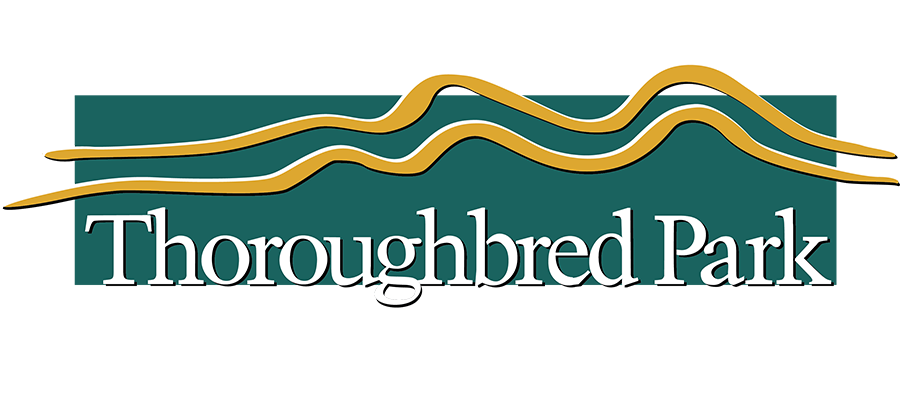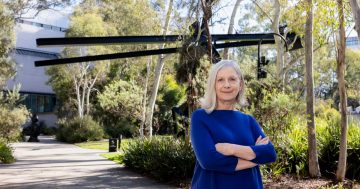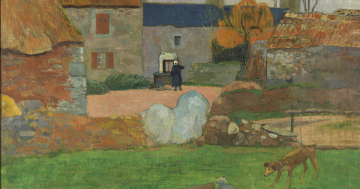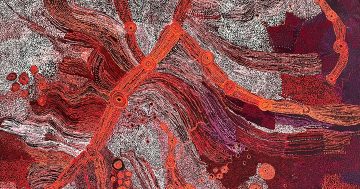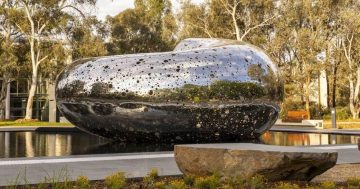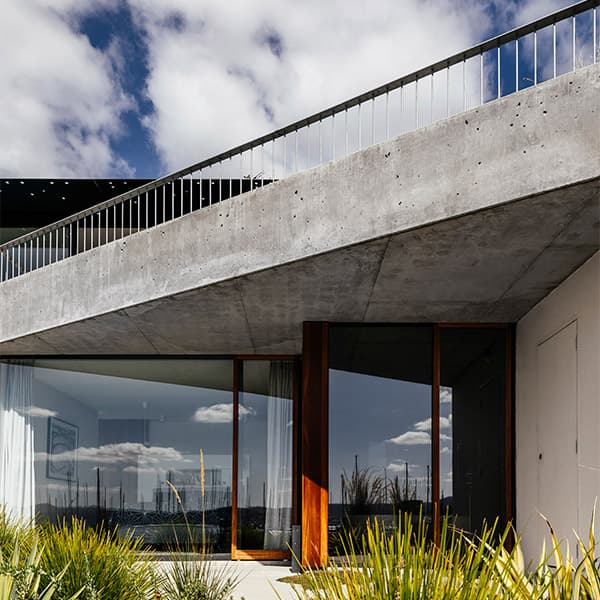
Nathanael Preston and Daniel Lane from Preston Lane are among the speakers at the annual contemporary architecture series at the NGA. Photo: Supplied.
Can a building be a piece of art? And if it’s art, can it also be liveable, useful and beautiful?
For more than 20 years, the ACT chapter of the Australian Institute of Architects and the National Gallery have partnered for a series of discussions with the best contemporary architects of their generation.
And while the last two years have forced the series online, in some sense that’s been all to the good: it’s given people around Australia and internationally a chance to participate, broadening the audience base and reflecting on what an excellent opportunity this is to engage with the best new ideas.
This year’s series begins on 7 September, featuring NSW Government Architect Abbie Galvin, the first woman to hold the position.
Other speakers in the 2021 series are Andrew Cortese of Grimshaw Architects, Madeleine Blanchfield of Madeleine Blanchfield Architects, and Nathanael Preston and Daniel Lane from Preston Lane.
NGA director Nick Mitzevitch says it’s important to see opportunities like this as creative sustenance in a difficult time.
“This year’s series is a really interesting one where we focus on big ideas around sustainability, public spaces and how architecture can transform your space and give you a sense of purpose,” he says.
“We used to take our houses for granted but we’re living and working at home, we’re homeschooling, lots of things we wouldn’t have necessarily done before.
“Built forms become more and more important because they define most of our day. This series delves into architecture at a moment where we’re focussed on the spaces that surround us.”
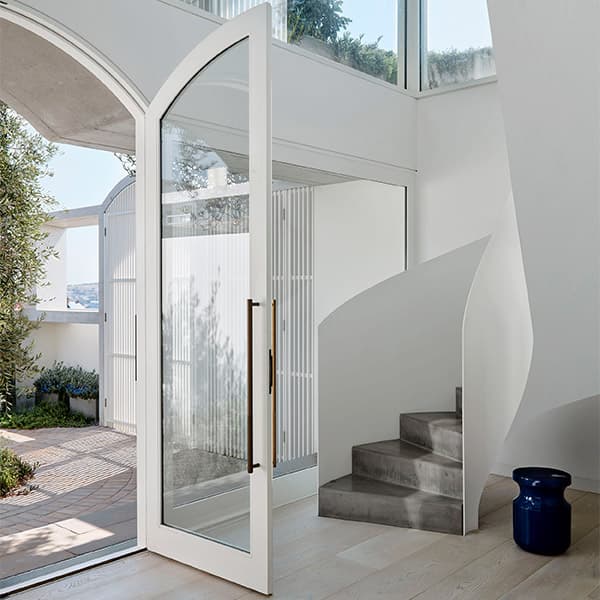
Madeleine Blanchfield’s work is elegant and distinctive. Photo: Supplied.
So is architecture an art form? It can be, says Mitzevitch. He thinks the 21st century has levelled out many old hierarchies in the art world and enabled people to focus on ideas and motivations, no matter what shape they take.
“We’re highlighting the power of architecture to make our lives better,” he says.
“Artists have been shape-shifting, using different materials and mediums including architecture. The best kind of 21st-century architecture tries to give us a different understanding of the form.
“It can be part aesthetics, part engineering, part sculpture. Ultimately, it’s experiential. It’s all about how a work conveys something to you.”
He points out that the NGA’s James Turrell Skyspace is both an artwork and a piece of architecture, a blend of building and sculpture.
The concept is a good fit for Canberra, a designed city in the first place, and for the NGA, where Col Madigan’s brutalist architecture is still a challenging and radical gallery space, a rambling journey through the art.
Mitzevitch says there is always a social dimension when it comes to architecture: buildings must work with the people who use them and so, over time, can come to define the values of a particular place or time.
“We’re going through an era now when we’re really questioning, trying to minimise the impact on our world. The future of architecture is even more complex as we consider how to build a building and tread lightly on the earth both through resources you use and the impact on the site.”
You can find out more about the Contemporary Architecture series here. The series will be held on Tuesdays, from 7 to 28 September at 6:00 pm online.
